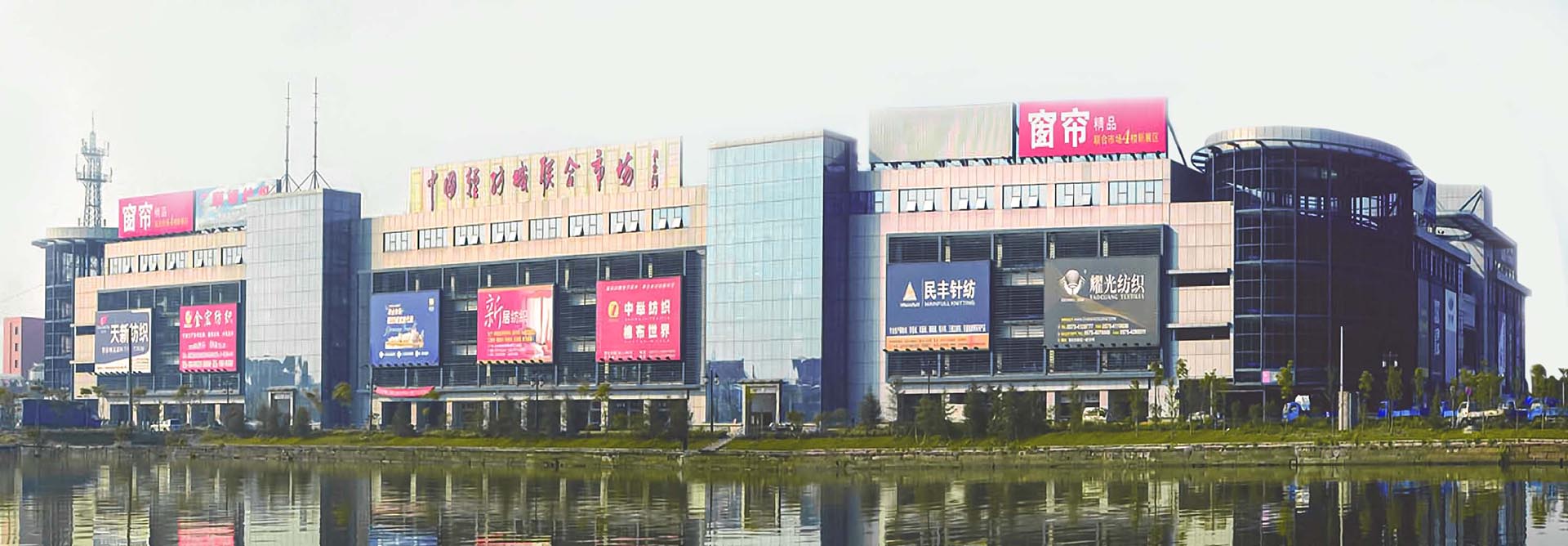As global epidemics flare up one after another, the textile and garment industry is also experiencing ups and downs in the midst of economic recovery. The new situation has accelerated the scientific and technological transformation of the industry, given birth to new business forms and models, and at the same time triggered the transformation of consumer demand.
From the consumption pattern, retail shift to the online
The shift of retail online is clear and will continue to climb for some time. In the United States, 2019 predicts that e-commerce penetration will reach 24 percent by 2024, but by July 2020, online sales share will have reached 33 percent. In 2021, despite continuing pandemic concerns, U.S. apparel spending rebounded quickly and showed a new trend of growth. The trend of online sales has accelerated and continued as global spending on clothing is expected to grow and the impact of the epidemic on people’s lifestyles will continue.
Although the epidemic has led to fundamental changes in consumers’ shopping patterns and rapid growth in online sales, even if the epidemic is completely over, the integrated online and offline shopping mode will remain fixed and become the new normal. According to the survey, 17 percent of consumers will buy all or most of their goods online, while 51 percent will shop only in physical stores, down from 71 percent. Of course, for clothing buyers, physical stores still have the advantages of being able to try on clothes and be easy to consult.
From the perspective of consumer products, sportswear and functional clothing will become a new hot spot in the market
The epidemic has further aroused consumers’ attention to health, and the sportswear market will usher in great development. According to statistics, the sales of sportswear in China last year were $19.4 billion (mainly sportswear, outdoor wear and clothing with sports elements), and are expected to grow by 92% in five years. Sales of sportswear in the United States have reached $70 billion and are forecast to grow at an annual rate of 9 percent over the next five years.
From the perspective of consumers’ expectations, more comfortable clothes with functions such as moisture absorption and sweat removal, temperature control, odor removal, wear resistance and water spills are more likely to attract consumers. According to the report, 42 percent of respondents believe that wearing comfortable clothes can improve their mental health, making them feel happy, peaceful, relaxed and even safe. Compared to man-made fibers, 84 percent of respondents believe that cotton clothing is the most comfortable, the consumer market for cotton textile products still has a lot of room for development, and cotton functional technology should receive more attention.
From the perspective of consumption concept, sustainable development gets more attention
Based on current trends, consumers have high expectations for the sustainability of clothing, and hope that clothing production and recycling can be done in a more environmentally friendly way to reduce pollution to the environment. According to the survey results, 35 percent of respondents are aware of microplastic pollution, and 68 percent of them claim it affects their clothing buying decisions. This requires the textile industry to start from raw materials, pay attention to the degradability of materials, and guide consumers’ purchasing decisions through the popularization of sustainable concepts.
In addition to degradability, from the perspective of consumers, improving durability and reducing waste of resources is also one of the means of sustainable development. Ordinary consumers are used to judging the durability of clothing by washing resistance and fiber composition. Influenced by their dressing habits, they are more emotionally attracted to cotton products. Based on consumers’ demand for cotton quality and durability, it is necessary to further enhance the wear resistance and fabric strength of cotton fabrics in the improvement of textile functions.
Post time: Jun-07-2021





